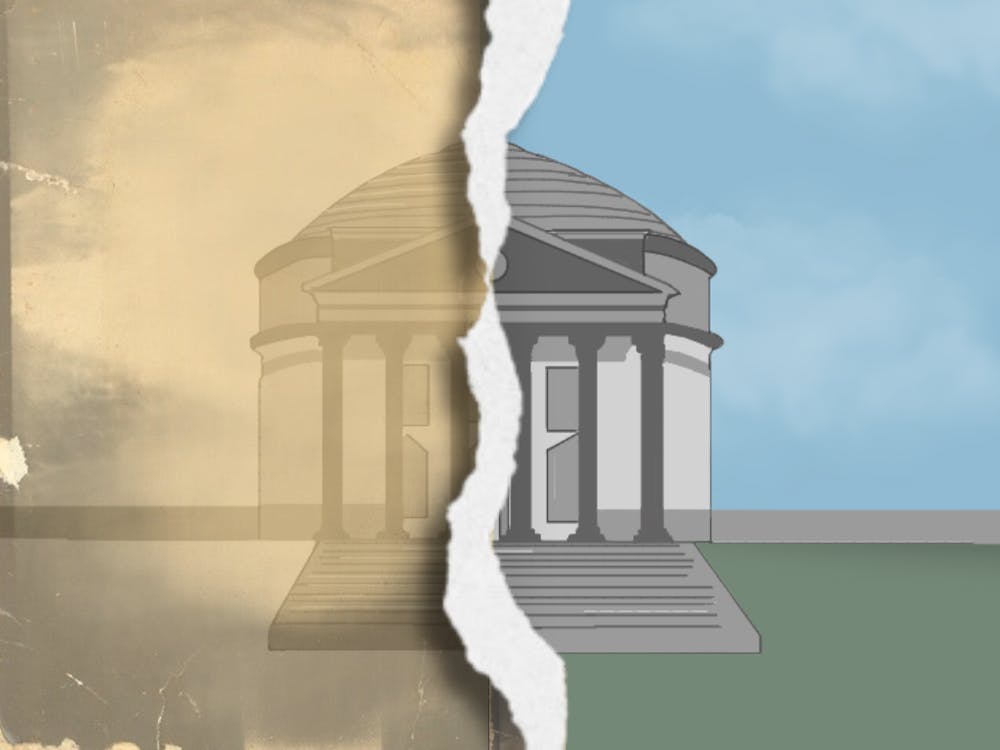Voting is among the few things that, at least in the U.S., can’t be done well online. Election Day was onerous. Unless you opted to vote absentee, you had to register and physically go to a polling place. The difficulty of having to do something in person, even something as important as electing the country’s new leadership, may have struck some voters as an inconvenience.
Monday at 10 a.m., voting begins for the University’s student elections. Compared to voting in November — or to anything but sleeping, really — the process is simple. You will receive a link in your email from the University Board of Elections. Click on it. Log in through Netbadge. Vote in the races you care about and leave the rest blank, if you like. That’s all: The ordeal is done in minutes.
If past trends hold, less than half the students in the College will take the trouble to click on the UBE’s link. Electronic turnout from other schools will be slimmer. Last year the Commerce School was a close runner-up, with 43 percent of students voting in comparison to the College’s 45 percent.
Though in 2007 the Law School made an impressive showing of 54 percent, graduate students rarely vote in student elections. Last year just 3 percent of Arts & Sciences graduate students and 2 percent of students in the School of Continuing and Professional Studies cast online ballots.
Voter turnout is a problem in “real” elections, too. But at the University the line between those who vote and those who don’t points to the student populations currently under-served or excluded by mainstream organizations.
Students who vote — who are the same students likely to be reading this editorial, we might add — are often “engaged,” as deans and administrators might put it. They are invested in one or more student organizations. They are relatively informed about what happens at the University. Their commitment to the school extends beyond their academic work.
Of students who don’t vote, some might neglect their email and be blissfully unaware student elections are taking place. But for others, not voting is a conscious choice, sparked by defiance or apathy.
The lines of disengagement track closely with the break in nonvoting versus voting students. Groups with low turnout — graduate students and most undergraduates outside the College or the Commerce School — are the University’s overlooked communities. These student populations tend to be quite insulated. Engineering students, focused on rigorous coursework sometimes at the expense of extracurricular involvement, vote at a lower rate than their Arts & Sciences peers. Architecture students are in a similar position, and their schoolwork takes them even farther from Central Grounds. Graduate students are more neglected. Even though student organizations and other opportunities exist to bring graduate students into the fold, the University’s student-life atmosphere is geared toward undergraduates.
Not voting does not mean these populations are unaffected by actions student leaders take. All students who pay student activities fees have a stake in how Student Council uses their money. And all students are bound to the University Judiciary Committee and the Honor Committee.
Some might suggest that the Honor Committee’s high-profile reform proposal will lead more students to click on the UBE’s link this week. But the public conversation about the Restore the Ideal Act — judging from those who have submitted viewpoints to this publication — has been limited largely to students who are already engaged and would vote anyway.
Any student elected this week will have to think about how to represent the other half: the half or more that didn’t vote. Dismissing these students because they didn’t take the trouble to make their concerns heard in elections is too easy. The problem runs deeper than apathy. That student disengagement divides neatly along school lines suggests an unequal distribution of resources and attention among different student populations.
We hope we’re wrong, and that student voter turnout this week cracks the 50 percent mark. It likely won’t. But that doesn’t mean students shouldn’t vote Monday morning.






